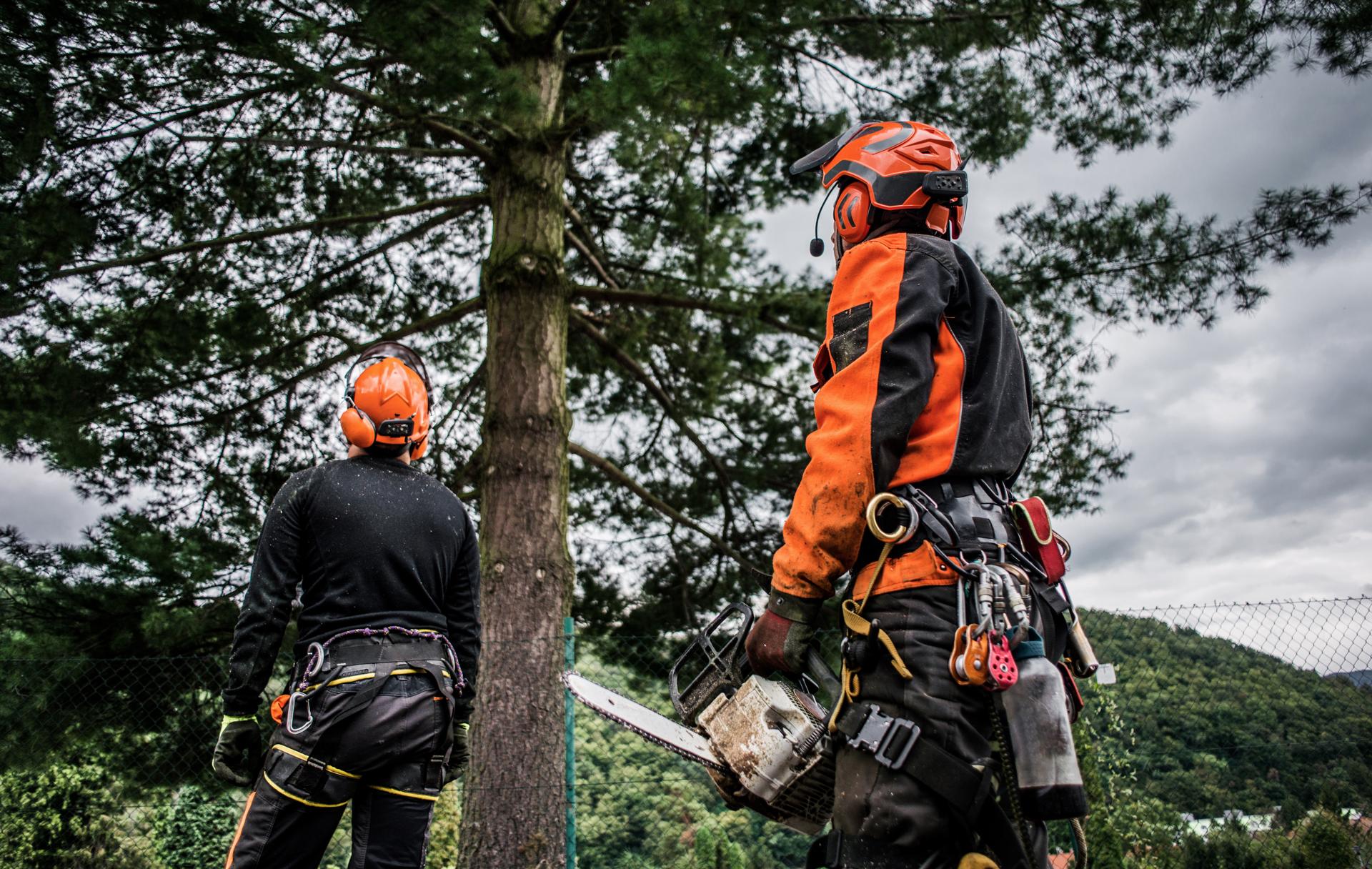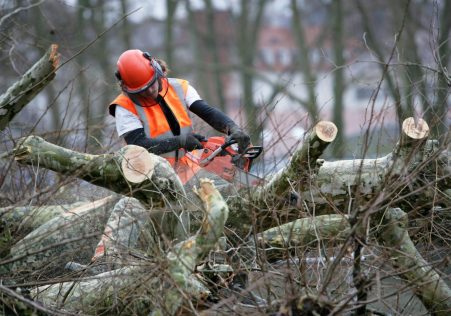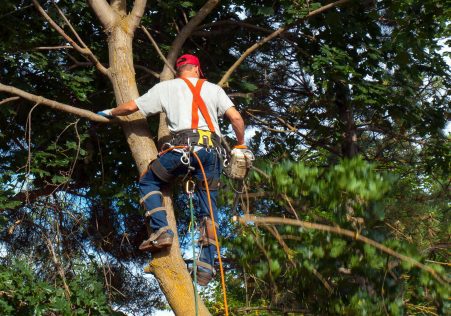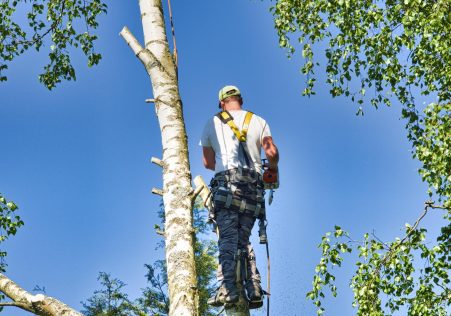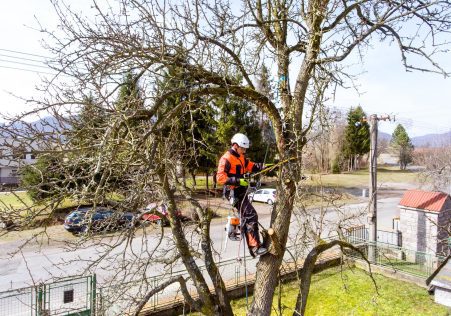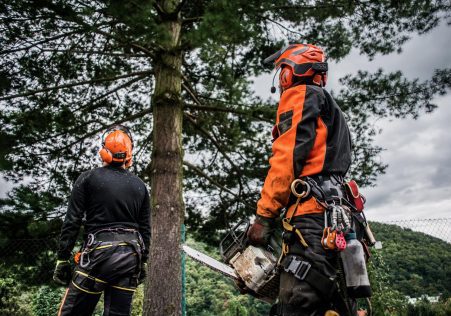The Protection of Trees: A Step-by-Step Guide for Understanding the status of protected trees
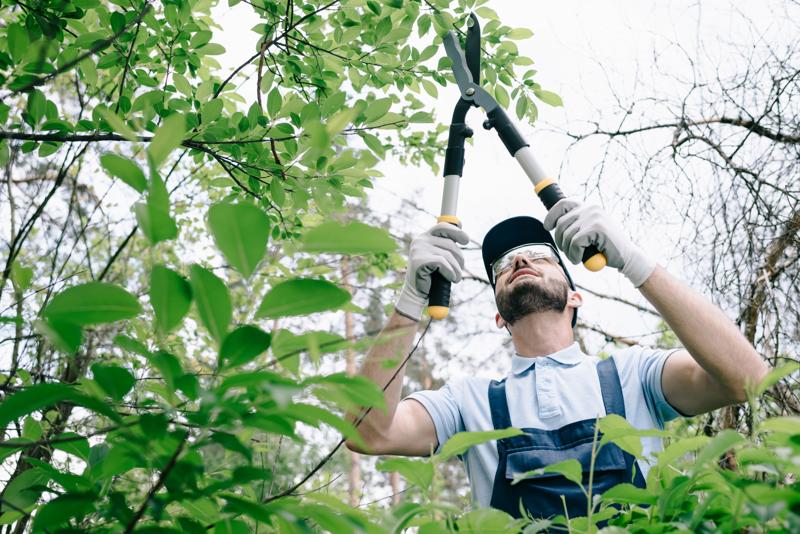
Trees play an essential role in our environment by providing shade, fresh air and aesthetic value to our surroundings. However there are a few trees that aren’t alike and some have extra protection status, which makes it illegal to perform any activity without authorization. If you’re considering having a tree removed it is crucial to be aware of the protection status of the tree being considered and what steps you’ll need to take to comply with the law. In this article, we’ll help you understand the process of determining whether trees are protected and what you will need to do to ensure that you are following the law.
What exactly is a tree that is protected?
A protected tree is one that is subject to specific laws and regulations It is illegal to works on a tree without obtaining the necessary permissions. There are two kinds of protection a tree could be protected by - preservation orders and protection orders.
Protection under the law
As a matter of statutory protection trees are protected by the law, and they are under the control of Tree Preservation Orders (TPOs). TPOs are put in place by local authorities to protect trees of significant public value and to ensure that they do not get destroyed or damaged.
Preservation orders
Preservation orders are similar to TPOs , but are put in place through the secretary of state for the Environment. Trees with preservation orders are considered to have an exceptional worth and are therefore protected from any work, including cutting down.
What can I do to determine whether a tree is safe?
To determine if a tree is protected, you will need to check if it is under the protection of a TPO or preservation or protection order. This can be accomplished by contacting the local authority and asking them to search their archives.
TPO search
To search for a TPO, you can contact your local Tree and Woodland Officer from the local authority. They will be able to tell you if the tree is protected. They will also be able advise you on the next steps you should take if the tree is in a protected area.
Preservation order search
If you are looking for a preservation order, you must contact secretary of state for Environment. They can determine whether the tree is protected and give you the necessary information and guidance.
FAQs:
What is the consequence if I do work on a tree that is protected without permission?
If you carry out work on a tree that is protected without obtaining the necessary authorizations, you could be subject to significant fines, and possibly even jail time.
Can I contest to a TPO Or preservation or TPO?
Yes, you are able to appeal a TPO or preservation or TPO if that it is not justified. However, you will need to provide evidence to support your case and show why you believe that the TPO or order to preserve isn’t necessary.
Can I cut down a tree that is protected tree?
It is unlawful to take down protected trees without permission from the appropriate authorities. If you want removal of the tree, you will need to seek permission from the council and provide proof to back your claim.
Conclusion
To conclude, knowing if trees are protected is an essential aspect in ensuring that tree work is legally completed. If you know the various types of protection and how to identify them, you can ensure that you’re in compliance with the law and safeguarding the trees in your care. If you’re not sure about the nature of the protection of the tree you are in charge of, we suggest consulting a reputable tree specialist, such as Christchurch Tree Services. Our team of experienced arborists will be able to advise you regarding the status of protection of your trees, and will guide you through the required steps to ensure that you are following the legal guidelines. With our knowledge and dedication to provide high-quality tree services We can assist you to keep the beauty and worth that your trees have. Contact us now by calling 0800 500 738 to schedule a appointment, and let us help you ensure that your trees are protected and healthy.


